So, Is It Aluminum or Aluminium?
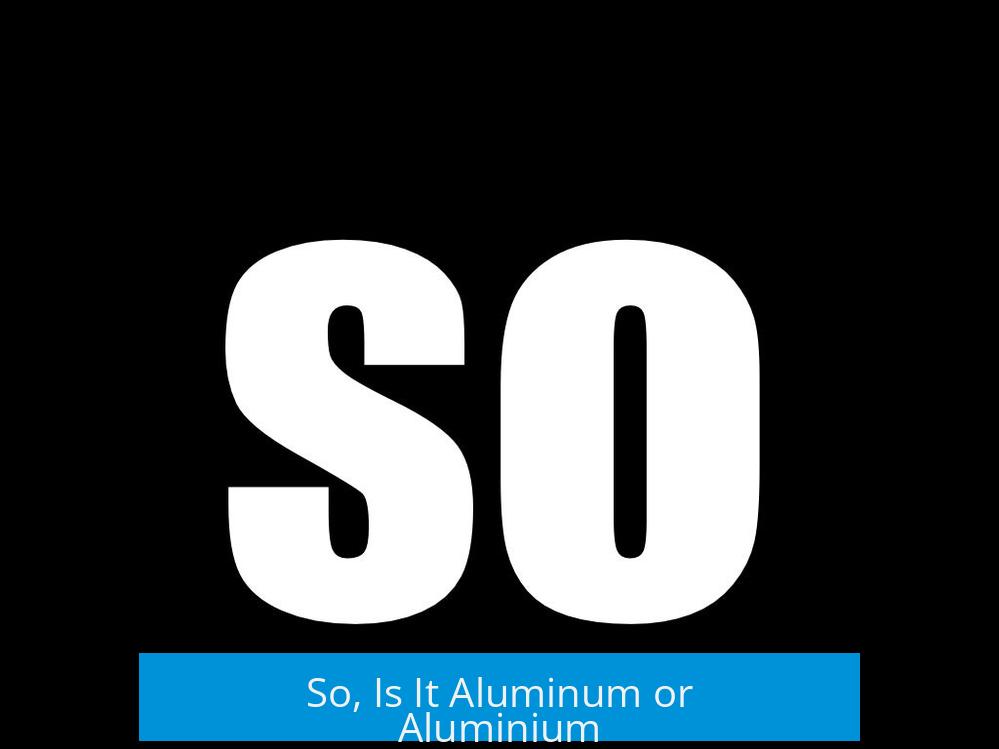
The element is officially recognized by two spellings: “aluminum” and “aluminium.” Both refer to the same metal, but their usage depends on geography, historical context, and linguistic convention. This article explores the origins, naming conventions, and contemporary usage to clarify the debate.
Historical Origins of the Name

The element aluminium was first isolated in the early 19th century. Hans Christian Oersted, in 1825, produced an impure sample by mixing aluminum chloride with potassium. The method was refined and perfected in 1827 by the German chemist Friedrich Wöhler.
The naming journey began with Sir Humphry Davy, who first coined the name “alumium” in 1807. Shortly after, Davy changed the term to “aluminum” and then to “aluminium” by 1812. These changes reflect attempts to standardize the term based on linguistic patterns and preference.

Oersted and other chemists argued for “aluminium” because it aligned with the naming style of other elements ending in “-ium,” like magnesium and calcium. However, early publications and British scientists often used “aluminium,” while others—particularly in America—preferred “aluminum.”
British vs. American Usage and Spelling
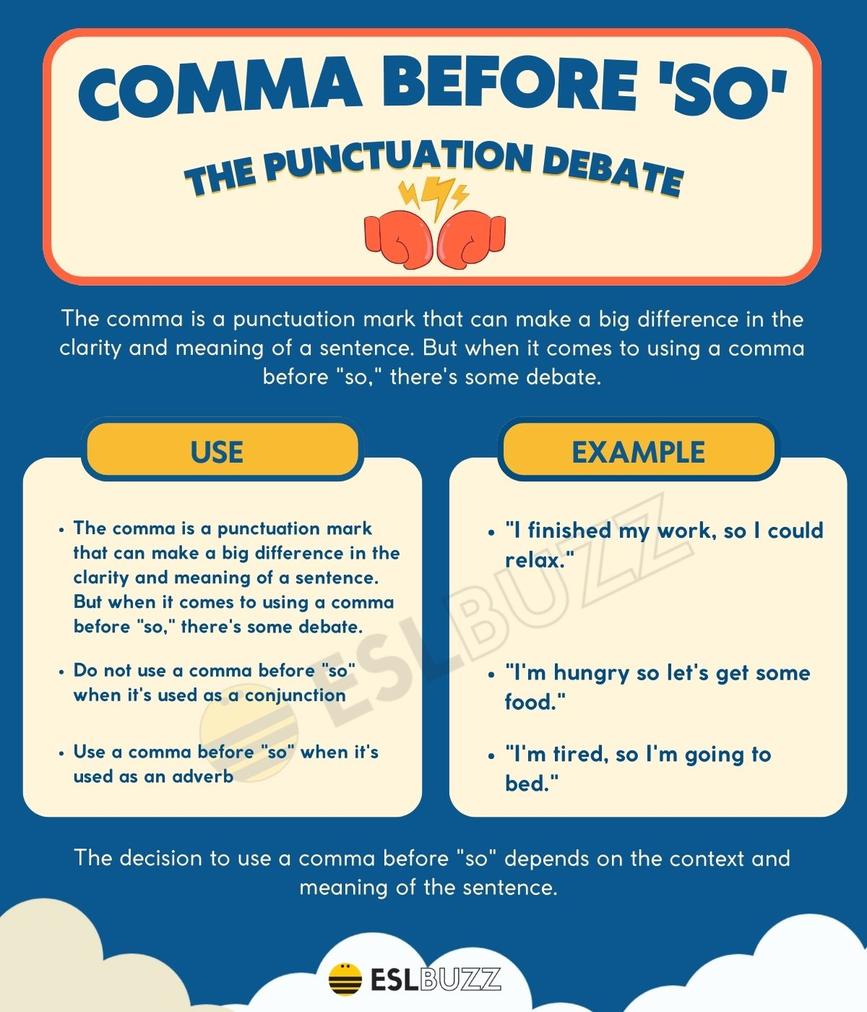
The divergence mainly occurs between British English and American English. The British form “aluminium” tends to be pronounced with five syllables: al-u-min-i-um. Americans often simplify it to “aluminum,” pronounced with four syllables: uh-LOO-muh-nəm.
- IUPAC (International Union of Pure and Applied Chemistry) originally recognized “aluminium” as standard.
- Three years after this decision, IUPAC accepted “aluminum” as an alternative spelling.
- Americans and Canadians predominantly use the spelling “aluminum.”
- Most other English-speaking countries, including the United Kingdom, Australia, and New Zealand, use “aluminium.”
The difference extends beyond spelling into pronunciation norms linked to linguistic rules. British colleagues often maintain “aluminium” because it fits the classical Latin element naming system, while Americans reflect pragmatic phonetics favoring “aluminum.”
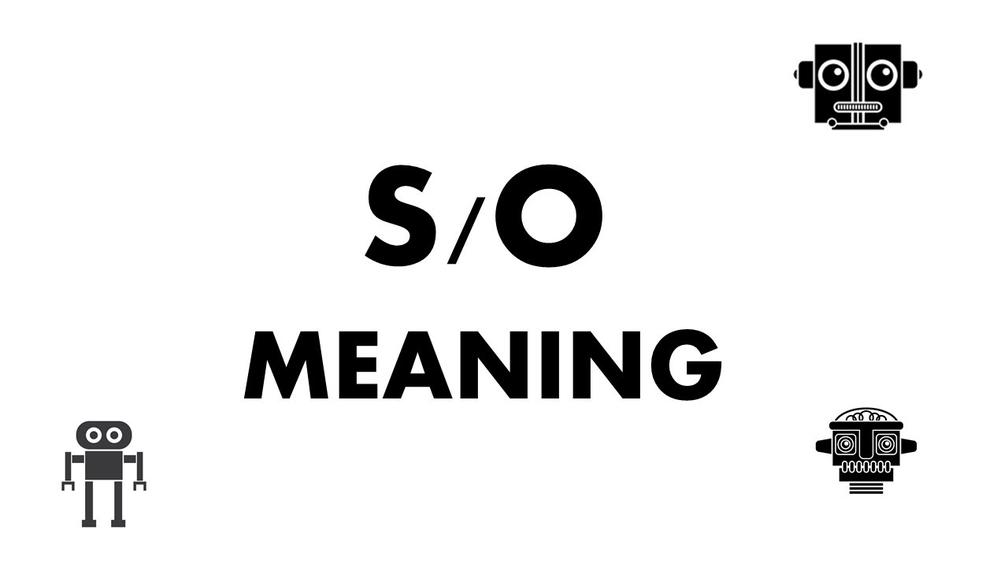
Linguistic and Scientific Foundations
The suffix “-ium” signifies metallic elements within chemical nomenclature, including metals like barium, calcium, and magnesium. This suffix identifies the substance’s properties and classification in the periodic table.
Adopting “aluminium” aligns with this convention, acknowledging aluminum as a metal similar to others named with the “-ium” suffix. The American spelling diverges by dropping the final “-i,” making “aluminum.” This alteration stands out since most metals in English retain the “-ium” suffix.
Helium provides an interesting precedent. Initially thought to be metallic, its name ending in “-ium” remained even after discovery as an inert gas. This consistency highlights the importance of convention over strict accuracy sometimes.
Other languages mimic the “aluminium” pronunciation or similar transliterations, reinforcing the global acceptance of the “-ium” form. Adjacent languages keep the “i” or “y” sound inside the word, signifying its Latin roots.
The Role of Noah Webster and American Spelling Reform
American spelling has a history of reform and simplification, much attributed to Noah Webster. Webster aimed to rationalize English spelling through more phonetic and consistent rules. Examples include changing “recognise” to “recognize” and simplifying “programme” to “program.”
The spelling “aluminum” is believed to have been popularized partly due to Webster’s influence. It reflects a broader trend in American English toward simplified and distinct spellings that differentiate from British English.
Such reforms sometimes spark debates but also reflect evolving language tailored to cultural and educational practices.
Summary Opinions on the Debate
The spelling and pronunciation of the element have always been fluid. Sir Humphry Davy himself vacillated between versions, reflecting the lack of early standardization.
Neither spelling is incorrect from a scientific standpoint. Both “aluminum” and “aluminium” have widespread acceptance and understanding. The choice often reflects geographic location, tradition, or personal preference rather than scientific error.
- “Aluminium” is more prevalent outside North America and considered technically consistent by many.
- “Aluminum” dominates in the United States and Canada.
- Both forms appear in scientific literature and are officially recognized by the IUPAC.
- The debate is often humorous or trivial in professional circles but remains a cultural curiosity.
Detailed Comparison Table
| Aspect | Aluminum | Aluminium |
|---|---|---|
| Origin | Derived from early American English usage and Webster’s spelling reforms | Closer to the Latin-based naming convention for metals |
| Region of Usage | Predominantly USA, Canada | UK, Australia, New Zealand, Europe, most other English-speaking countries |
| Pronunciation | /əˈluːmɪnəm/ (4 syllables) | /ˌæljʊˈmɪniəm/ (5 syllables) |
| IUPAC Status | Recognized as variant spelling | Preferred and historically official spelling |
| Scientific Naming Convention | Deviates from typical metal suffix “-ium” | Follows typical metal suffix “-ium” |
Practical Impact
For professional chemists, engineers, and scientists, understanding both terms is necessary. In publications and communications, the preferred style often depends on the audience or journal guidelines.
Manufacturers in North America label products “aluminum,” while those in Britain might label “aluminium.” This difference does not reflect any chemical distinction. It is purely linguistic.
Educational materials generally teach students the form relevant to their country but often acknowledge the alternate spelling.
Conclusion: What Should You Use?
Both spellings mean the same element, atomic number 13. The choice should be guided by your audience or local language rules.
- If addressing an American or Canadian audience, use “aluminum.”
- For British, Australian, or global English contexts, prefer “aluminium.”
- In scientific writing, check journal or institutional style guides.
- Be aware that both forms are correct, accepted, and understood worldwide.
Key Takeaways
- Sir Humphry Davy coined the element’s name, fluctuating among ‘alumium,’ ‘aluminum,’ and ‘aluminium.’
- Hans Christian Oersted was the first to isolate aluminum in 1825.
- The suffix “-ium” in “aluminium” aligns with classical metal naming conventions.
- “Aluminum” predominates in North American English, “aluminium” elsewhere.
- IUPAC officially prefers “aluminium” but accepts “aluminum” as an alternative.
- The difference is linguistic and cultural, not scientific.
- Both spellings are correct and understood internationally.
So, is it Aluminum or Aluminium?
Both “Aluminum” and “Aluminium” are correct spellings, and the choice depends largely on geography and tradition. The naming saga dates back over 200 years, tangled with scientific discoveries and a bit of national pride. But which one should you use? Let’s dive into the fascinating story behind this metallic miracle’s name, reveal why each spelling exists, and explore if one is more “correct” than the other.
Ready for some chemistry history that’ll make your next trivia night a breeze? Here we go.
From “Alumium” to “Aluminium”: The Naming Odyssey
The tale starts with Sir Humphry Davy, an iconic chemist from the early 1800s. In 1807, he coined the name “Alumium” for the element he was studying. But wait, it gets twisty. He soon changed it to “Aluminum” in 1812. Then, to fit better with the classical naming style of other metals like calcium and magnesium, he landed on “Aluminium.”
By the time Hans Christian Oersted finally isolated the pure element in 1825, “Aluminium” was the name floating around European labs. However, Oersted and some chemists preferred the smoother-sounding “Aluminium” because its “-ium” suffix aligned nicely with Latin-based metal names.
Meanwhile, in Britain, the spelling officially swung between “Aluminum” and “Aluminium.” Despite the chemist who discovered it backing “Aluminum,” British scientists chose “Aluminium” in publications, causing quite the spelling standoff.
Across the Pond: British vs. American English
Here’s where it gets interesting. In the U.S. and Canada, “Aluminum” stuck, popularized partly by Noah Webster’s 19th-century dictionary reforms. Webster, famous for Americanizing English spelling (e.g., “color” instead of “colour”), put his stamp on “Aluminum,” shaping the American linguistic landscape.
Meanwhile, the rest of the English-speaking world—including Britain, Australia, and New Zealand—retained “Aluminium,” preserving the classical “-ium” ending you see in metals like titanium and magnesium. Internationally, it’s widely accepted that the “-ium” suffix helps signal the element’s metallic nature.
For example, scientists say “A-loo-MIN-ee-um” with the soft, musical ending. Americans, however, cut it short to “A-LOO-muh-num.” Linguistically speaking, the “-ium” ending fits better with metal names, but language evolves and sometimes shortcuts win.
What Does Science Say?
Both spellings have official recognition. The International Union of Pure and Applied Chemistry (IUPAC) originally preferred “aluminium” but accepts “aluminum” as a variant since 1990. That means both versions are scientifically valid.
From a scientific naming perspective, using “-ium” indicates a metal. Ever heard of platinum, calcium, or barium? That’s the typical suffix for metals on the periodic table. “Helium” is a quirky exception because although it ends with “-ium,” it’s actually a noble gas.
So linguistically and scientifically, “aluminium” makes more sense. But “aluminum” has the advantage of being shorter and simpler, which is why it won its own corner in the English language jungle.
The Verdict: Pick Your Flavor
If you’re British, Australian, or working in most of the world’s scientific communities, “Aluminium” is your go-to spelling and pronunciation. It looks and sounds more consistent with other metals. But drop an “Aluminum” in an American context, and you’ll be right at home.
Does it really matter? Not quite. The man who named it went back and forth himself! Sir Humphry Davy was famously indecisive, hopping between “Alumium,” “Aluminum,” and “Aluminium.” Given that, should we waste energy debating? Or should we chuckle and accept both?
Why This Odd Debate Still Matters
Language is about communication. If you say “Aluminum” in America, people understand you. Say “Aluminium” in the UK, and they get you. The argument is a charming quirk of history rather than a battle of right versus wrong.
Moreover, it reveals the fascinating way language, science, and culture intersect. American English is proudly different thanks to Webster’s reforms. British English holds tight to tradition and classical linguistics. Both ways are valid and meaningful.
Practical Tip: How to Choose Your Usage
- If you’re writing for a UK or Commonwealth audience, use “aluminium.”
- If you’re addressing North American readers or businesses, go with “aluminum.”
- In scientific papers, check your journal’s style guide. They often specify which spelling to use.
- In casual conversation — choose whichever feels natural to you! Both spellings describe the same shiny, lightweight metal we all know and love.
Some Fun Closing Thoughts
“Am I the only one who considers this entire debate hilarious?” – A chemistry enthusiast, probably.
The “Aluminum vs. Aluminium” discussion is like the metal itself—light, essential, and a little bit shiny. It’s a fun linguistic riff that reminds us that science and language are human stories full of twists, turns, and the occasional stubborn refusal to pick one side.
So next time you’re holding a soda can, a foil sheet, or marveling at aerospace engineering, just smile and say, “Whether it’s aluminum or aluminium, this metal rocked the world.” It’s not just a name debate; it’s history, culture, and science rolling into one.


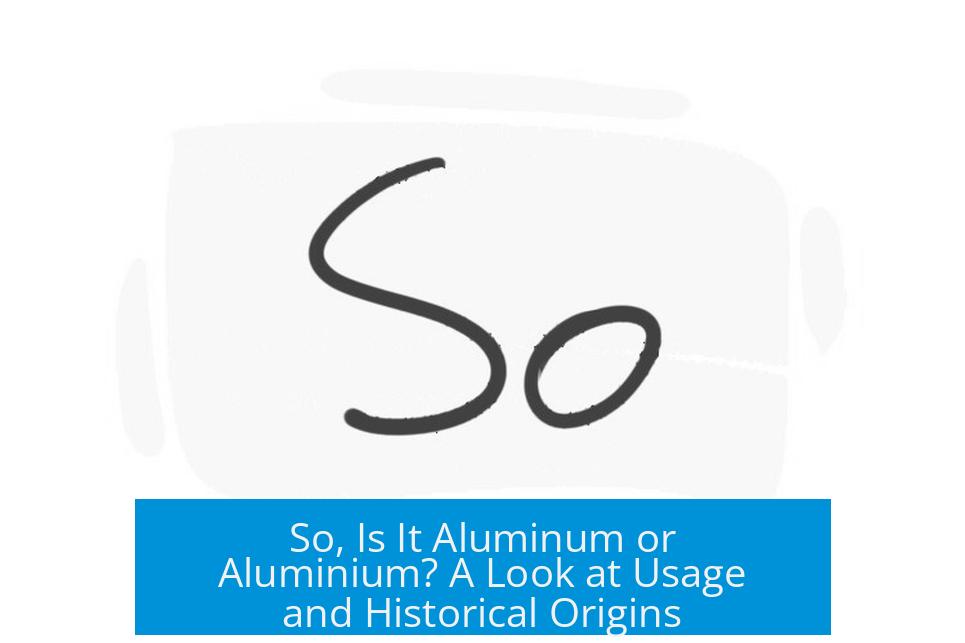
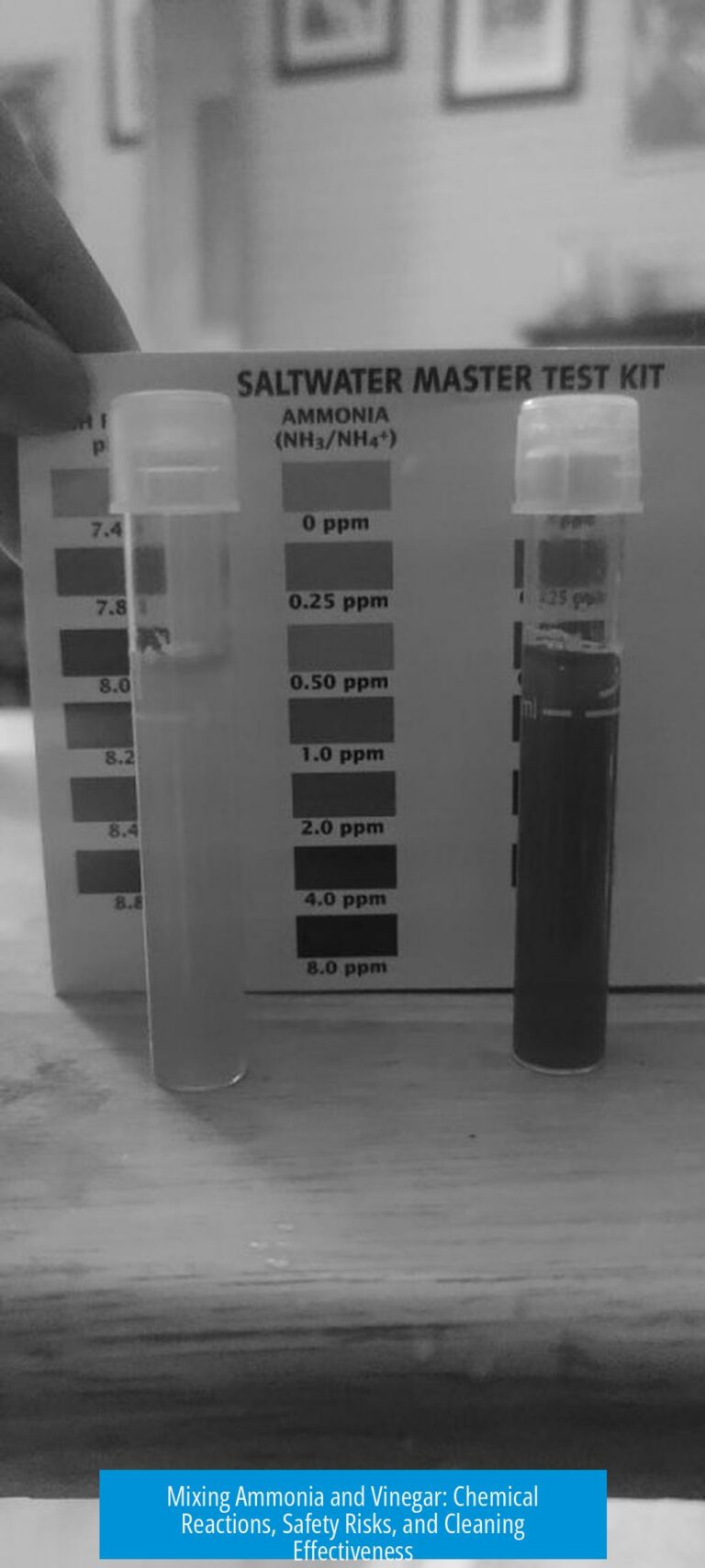

Leave a Comment